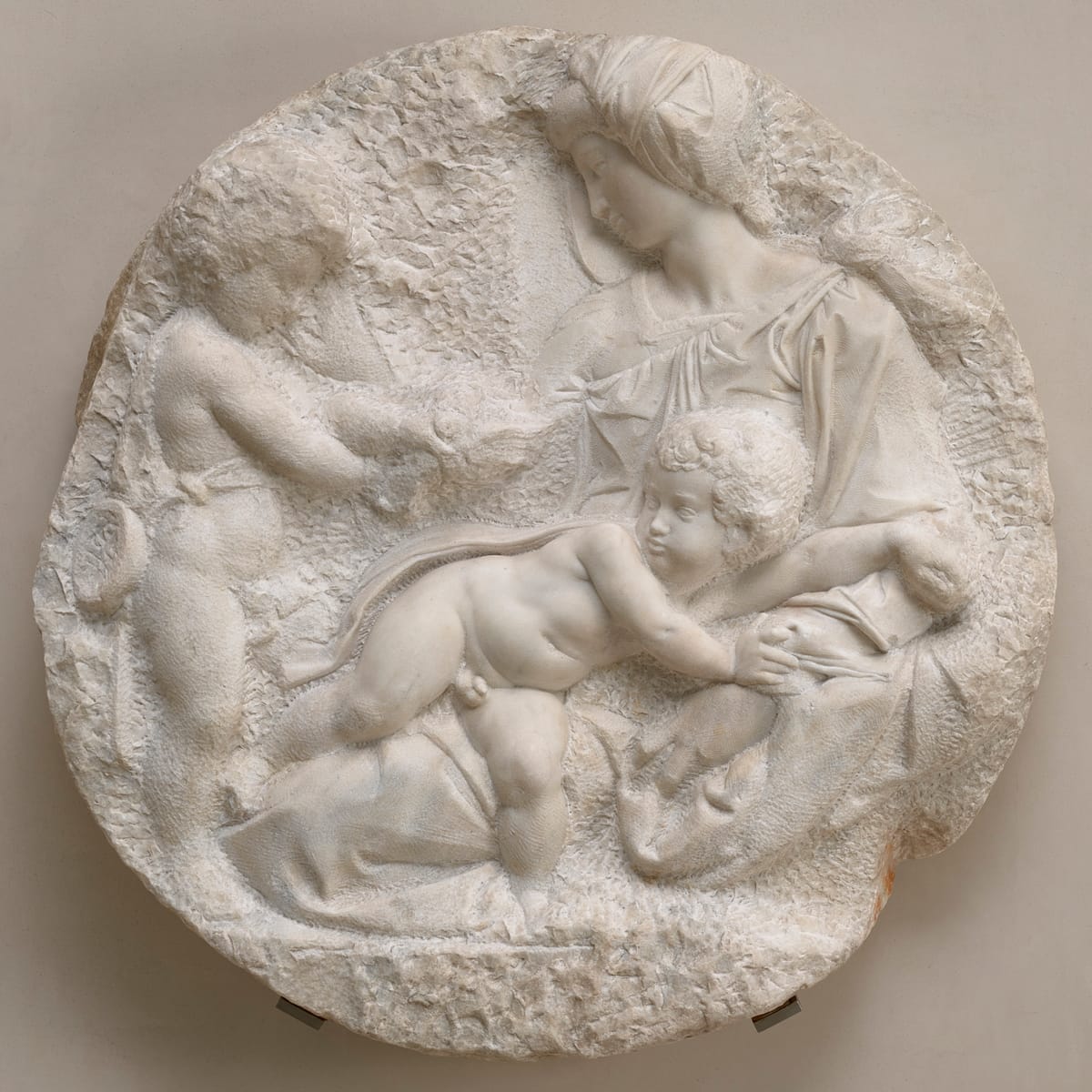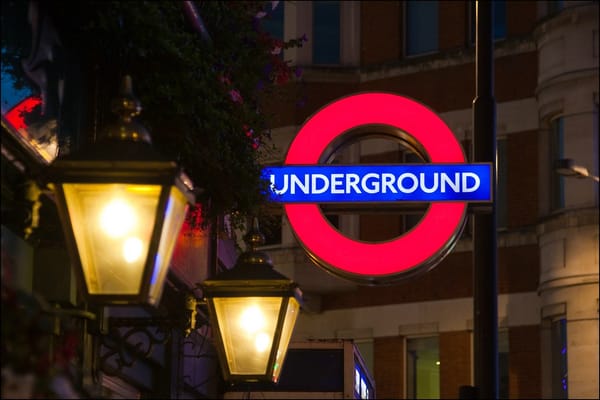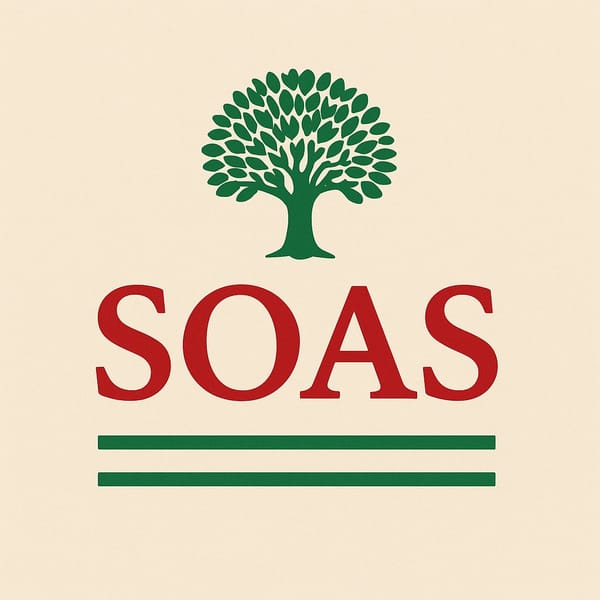The Royal Academy could save 150 jobs by selling their Michelangelo - but they won’t

By Maya Reus, MA Near and Middle Eastern Studies with Intensive Language
The Royal Academy of Arts (RA), similar to many cultural institutions, is facing a grave financial situation due to Covid-19 related losses. The institute is considering laying off 150 people – a whopping 40% of their staff. Several of their academicians have called for the institution to sell their famous Michelangelo sculpture in order to save jobs. The ‘Taddei Tondo,’ made by the famous Italian sculpture in 1505, could yield over 100m pounds.
While the Guardian has described the situation as a ‘dilemma,’ on 25 September, the RA’s chief executive told BBC that it was, in fact, a ‘false dilemma’ and that the RA is not actually considering selling the renaissance sculpture. Responding to whether or not it would be a pragmatic solution, he told BBC that it is the RA’s role ‘to protect and preserve treasures such as the Michelangelo.’
One might as well pose the question as to why the RA would even consider keeping the Michelangelo if the sale of it could save 40% of their staff from having to be fired? Aside from protecting the livelihoods of staff who work at the Royal Academy, the sale of the statue would ultimately protect the institution. The piece might be a huge asset, but isn’t preserving their workforce also?
The situation invokes previous debates of the value placed on material culture versus human life. In Spring 2019 when the Notre Dame Cathedral caught fire, news spread like wildfire and there was an international outpouring of grief and vast amounds of funds were raised. During that same time period, hundreds died due to an attack in Sri Lanka, a situation which received hardly any news coverage or international solidarity. This example of selective news coverage leaves a bitter taste.
It’s not just that more value is put on material than on human life. It’s the excessive value that is put on ‘big art’ pieces, or ‘great civilisational works.’ Of course it would not be practical for the RA to sell each and every piece to protect their workforce, but knowing the difference that selling it would make, why hold on to this one piece? Multiple employees have stated that the ‘Taddei Tondo’ is already an anomaly in their collection.
An RA spokesperson has told the Art Newspaper that it is their ‘duty,’ ‘privilege’ and ‘responsibility’ to look after the Taddei Tondo. While this universalist claim might be problematic already, it can be argued further that if their funds are lacking, and if the government can’t and won’t pitch in, why should the RA feel obliged to take care of the Taddei Tondo? Doesn’t the fact that they don’t have the funds effectively eliminate their responsibility?
Another fear underlying a possible sale is that the high price tag would require the potential buyer to be from abroad. The RA’s website proudly states that they possess the only marble sculpture by Michelangelo in the UK. The sculpture is moreover seen as a ‘national treasure’, mentioned by none other than the queen herself, who is also the royal patron of the RA. But why is a piece of Italian renaissance art, one that was made for the Florentine wool merchant, considered to be a national treasure?
European countries are deeply engrossed in the renaissance, a period seen as having led Europe out of ‘a thousand years of darkness’ and a pinnacle moment for western civilisation. Claiming the ‘Taddei Tondo’ and other renaissance works as national treasures has imperialist undertones. It implies that the UK is the true heir of this ‘civilising’ period that took place more than a thousand miles away.
Of course, selling the piece would be a pity, but what to do? The Royal Academy does not receive formal government support. While the UK has pledged to give 3.4b to cultural institutions, the RA is still awaiting response on whether or not they will receive anything. If their royal patron would pitch in, that would be great. If not, the decision to sell should not be that difficult.
Photo Caption: Michelangelo’s ‘Taddei Tondo’, more formally known as ‘The Virgin and Child with the infant St. John’ (1505). Credit: Royal Academy of Arts, London.



